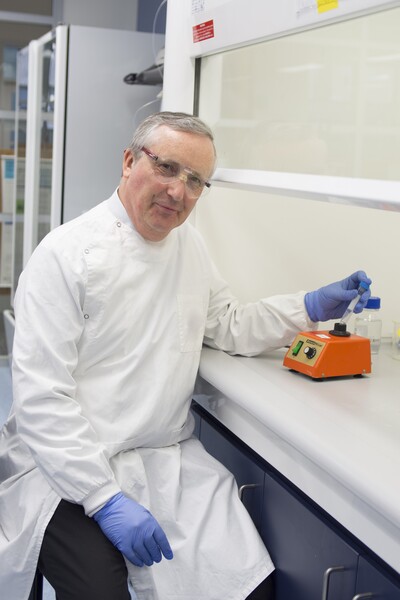Let's get talking about food nutrition labelling

Food labelling is out of step with healthy diet recommendations and could be improved by including nutrient release rates, according to University of Queensland Emeritus Professor Mike Gidley.
The researcher at UQ’s Queensland Alliance for Agriculture and Food Innovation said nutrition was currently communicated in two ways: by a food’s nutrient composition and by the diversity of wholefoods in the diet.
“At the moment people pick and choose which of these food languages works best for them, but something is missing,” Gidley said.
“Composition defines nutritional value by the nutrients and calorific energy the food contains, measured against daily consumption targets.
“Whole food tends to be what health agencies emphasise because that is where the strongest evidence for human health benefits has been found.
“The problem is if you measure food in terms of how much protein, carbs or fat it contains, it’s not enough to judge nutritional value.
“Some unhealthy foods have similar compositions to healthy options.
“And whole foods generally have a slow and steady nutrient release, while nutrients in fabricated ingredient foods are generally more rapidly released, a difference which is not addressed if nutrition value is only based on composition.
“A better labelling system would include the rate at which an individual component — protein, starch, fat, sugar — is delivered, or predicted to be delivered, to the body.
“If we can incorporate nutrient release rates, we can bridge the gap between the two types of nutrition communication.”

Gidley said further research was needed before his proposal could become a reality.
“We need more data on real people and how they digest their food, which is a major science challenge because it happens dynamically in the body and needs to be measured non-invasively,” he said.
“We need to know not only how quickly nutrients go into us but also how much nourishes our gut microbiota, which is increasingly recognised as playing an important part of human health.
“Secondly, we need global collaboration to define a standardised analytical method to predict nutrient release from foods using a laboratory method.
“My guess is the first stage would be moving towards a fast, medium or slow kind of classification system.
“It won’t happen immediately, but without talking about it, nothing will happen, so this proposal is a conversation starter.”
Gidley’s opinion piece was published in Nature Food.
Digital labelling trial proposal in NZ for certain imported food
The New Zealand Minister for Food Safety is seeking feedback on a proposal to enable a trial of...
CCEP's reverse vending machine rollout
Coca-Cola Europacific Partners' first RVM has opened in Moorabbin, with others planned across...
Smarter 'natural' packaging for food of the future
From food waste sugars into natural plastic films, researchers at Monash University are creating...








